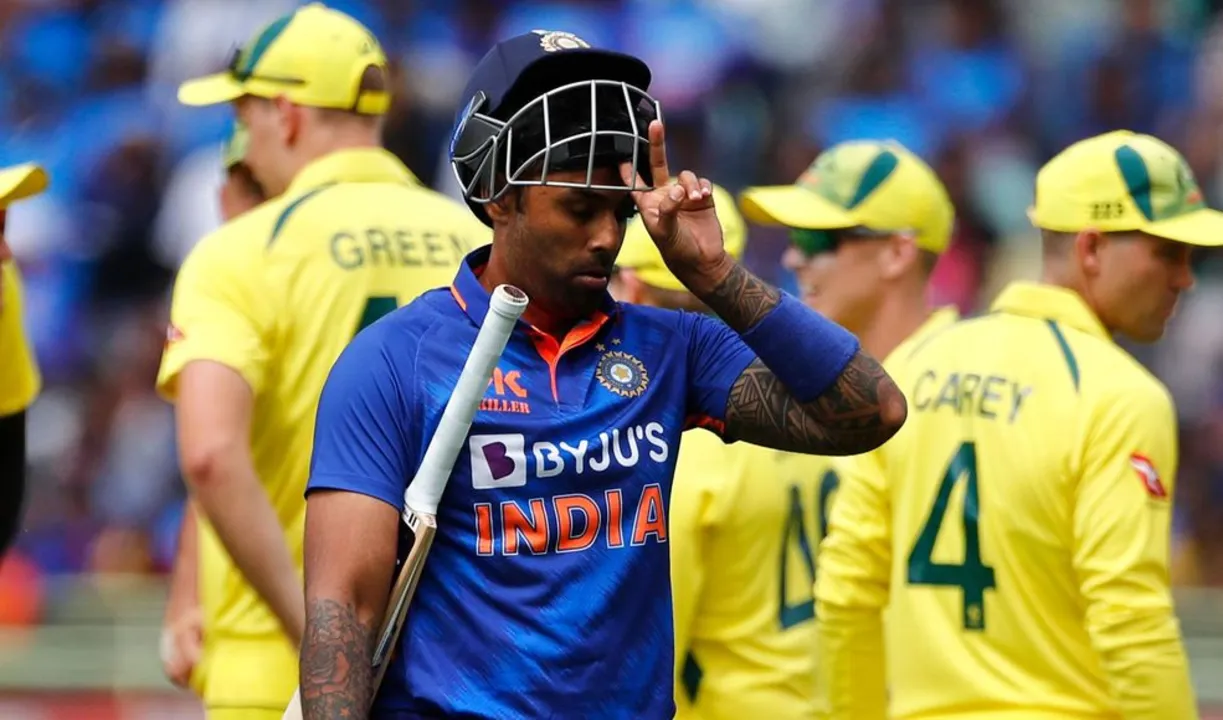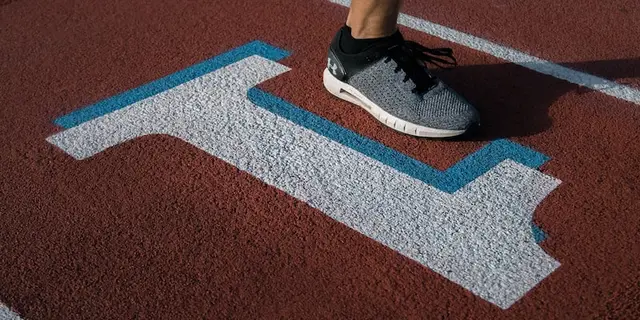An Overview of India's Sports Scenario
India, a country with a population of more than 1.3 billion people, has a diverse culture and a rich history in various sports. However, in recent years, it seems like the only sport that has gained immense popularity and success is cricket. This begs the question, why is India lagging behind in other sports? In this article, we'll explore the reasons behind India's underperformance in sports other than cricket, and analyze the factors that contribute to this situation.
Lack of Infrastructure and Facilities
One of the primary reasons for India's poor performance in sports is the lack of proper infrastructure and facilities. Most schools and colleges do not have adequate sports facilities, and those that do often fail to maintain them. Sports like hockey, football, and athletics require well-maintained grounds and equipment, which are hard to come by in India. This severely affects the development of young talents, who are unable to hone their skills and reach their full potential.
In addition to the lack of facilities, there is a shortage of qualified coaches who can guide and train budding athletes. Most Indian coaches lack the required expertise and international exposure, which prevents them from nurturing world-class athletes. This ultimately hampers the growth of sports in the country and leads to poor performances on the international stage.
Corruption and Mismanagement
Corruption and mismanagement in sports administration have been major issues in India for a long time. Many sports federations are run by politicians and bureaucrats who have little knowledge about the sport they are governing. Their primary goal is often to gain personal benefits, rather than promoting the sport and nurturing talent. Consequently, funds meant for the development of sports are often misused, leaving athletes without the necessary resources and support.
The lack of transparency and accountability in the functioning of sports federations has led to a culture of favoritism and nepotism. Selection processes are often biased, and deserving athletes are sometimes overlooked due to their lack of connections or inability to pay bribes. This demoralizes young talents and hinders their growth, further contributing to the country's poor performance in sports.
Inadequate Financial Support
Financial constraints are another significant factor that restricts the growth of sports in India. Unlike cricket, which generates massive revenue through sponsorships and endorsements, other sports struggle to attract sponsors. This leaves athletes without the necessary funds to afford quality training, equipment, and international exposure – all of which are crucial for their success.
Moreover, most Indian athletes come from humble backgrounds and lack the financial means to support their sporting careers. In the absence of sufficient financial support from the government or private organizations, they are forced to juggle their sports career with a regular job, which hampers their focus and commitment to the sport.
Social Attitudes and Lack of Awareness
In India, sports are often considered a secondary or even a leisure activity, rather than a viable career option. Parents and society, in general, discourage children from pursuing sports, emphasizing the importance of academics instead. This mindset, coupled with the lack of awareness about various sports, leads to a limited talent pool, as many potential athletes never get the opportunity to explore their skills and passion for sports.
Furthermore, the media plays a significant role in shaping public opinion, and in India, it is heavily biased towards cricket. The disproportionate coverage of cricket overshadows other sports, making it difficult for them to gain popularity and attract talent.
Comparing India to Other Countries
When comparing India's sports performance to other countries, it's important to consider the factors that contribute to their success. Countries like the USA, China, and Australia invest heavily in sports infrastructure, coaching, and talent identification. They have a strong sports culture and encourage children to participate in various sports from a young age. This, in turn, helps them to build a solid foundation of athletes who can compete at the highest level.
India, on the other hand, lacks a comprehensive sports policy and fails to invest adequately in sports development. Until this changes, it's unlikely that India will see significant improvement in its performance in sports other than cricket.
Conclusion
In conclusion, India's poor performance in sports, except cricket, can be attributed to numerous factors, including inadequate infrastructure, corruption, financial constraints, and social attitudes. To overcome these challenges and make India a successful sporting nation, it's crucial to address these issues and create a conducive environment for the development of sports. This would require a collective effort from the government, sports federations, private organizations, and society as a whole. Only then can India unlock its true potential and excel in various sports on the global stage.


